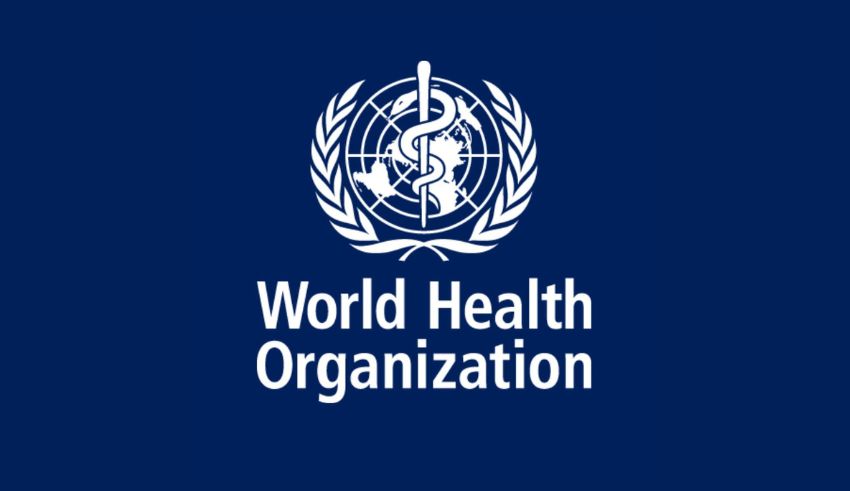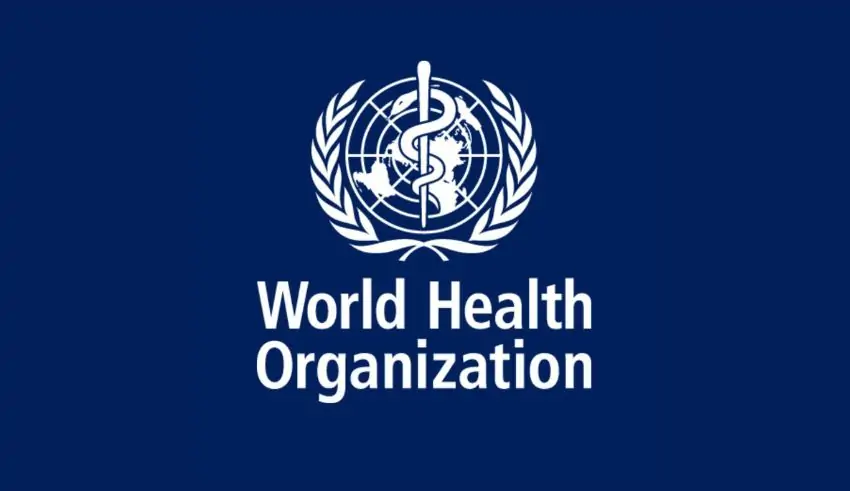

(C) WHO FB
Last updated on May 30th, 2024 at 10:31 pm
A fresh variety that has surfaced as the worldwide COVID-19 epidemic drags on is being intensively watched by scientists and medical experts. Members of a class of strains that each independently evolved a unique collection of mutations are the FLiRT variants KP.2 and KP.1.1. What sets these variations apart and what possible ramifications do they have will be examined in this essay.
Known together as “FLiRT,” a number of variants are linked to the dominant JN.1 form that has been widely distributed in the US for a few months. Convergent evolution is the phenomena wherein the same set of mutations was separately acquired by each of these FLiRT variations (KP.2, JN.1.7, and others starting with KP or JN). Specific sites in the spike protein where these mutations occur include 456, 346, and 572.
There is intriguing behavior in the FLiRT variations and the mutations in the spike protein that go along with them. These two mutations—456 and 346—remove binding sites for antibodies that neutralize the COVID-19-causing SARS-CoV-2 virus. To connect to and enter human cells, the virus must, nevertheless, make use of these identical binding sites. Perhaps by eschewing antibodies, the FLiRT variations unintentionally increased the difficulty of binding to cell receptors. Concurrently, the 572 mutation appears to boost the virus’s ability to connect to cells, which may lead to more successful infections.
You are probably well protected against the FLiRT variations if you have recently recovered from COVID-19 brought on by the JN.1 variant. Other antibody binding sites are not much impacted by the one or two amino acid variations between JN.1 and these novel versions. Older variant immunity, therefore, could not be as strong against FLiRT strains. This emphasizes the need of following immunization schedules to guarantee complete and efficient immunity.
A potential summer wave of illnesses worries experts as KP.2 becomes the most common strain in the US. Because of the alterations in their spike proteins, scientists think that the FLiRT variations may be more skilled at eluding the immune system. A more susceptible population is exacerbated by declining immunity and inadequate utilization of the most recent COVID-19 vaccinations. Navigating this next phase of the pandemic will need vigilance, immunizations, and ongoing research.
Globally, health institutions are keeping a careful eye on how FLiRT variations are spreading. Infection rates, hospitalization patterns, and vaccine efficacy are being actively collected by the World Health Organization (WHO) and the Centers for Disease Control and Prevention (CDC). Adapting public health measures to lessen the effects of these novel mutations requires this real-time monitoring.
Still a vital weapon in the COVID-19 battle, vaccinations. Updated vaccinations are being developed to target the spike protein mutations seen in FLiRT variations. These vaccines of the next generation are meant to tackle the immune evasion strategies used by these novel strains and offer wider protection. Campaigns for public health keep stressing the requirement of immunization and the necessity of receiving booster doses as advised.
The pandemic is worldwide as seen by the appearance of FLiRT variations. Research, data exchange, and vaccination delivery all benefit from international collaboration now more than ever. The prevention of variant spread and the maintenance of global health security depend on the intensification of immunisation campaigns in low- and middle-income countries.
The COVID-19 epidemic is far from ended, and the advent of novel forms like FLiRT serves as a reminder of how flexible the virus is. Maintaining attention on the changing threat calls for funding for research and public health programs. As more is known about the FLiRT variations, public health must be safeguarded and future outbreaks must be avoided.
Managing the continuing pandemic calls for a multidimensional strategy. The particular mutations and possibility of higher transmissibility of the FLiRT variations emphasize the need of maintaining our response efforts’ flexibility and attentiveness. One of the mainstays of prevention is still vaccination, and as new information becomes available, public health policies must change. Coherence and efficacy of the global response depend on cooperation and transparency. Going ahead, one will need to be resilient, flexible, and dedicated to public health and research.
Lawmakers across parties worry about the Trump administration's decision to stop funding the Open Technology Fund because leading Republicans view…
Every year Google creates an animated design that celebrates Nowruz 2025 as a symbol of Persian New Year and spring…
One of the greatest diplomatic successes of the United Arab Emirates (UAE) lies in the successful mediation of the exchange…
The Ramadan Syawal new moon will be observed on March 30, which will begin the Eid al-Fitr celebration in Malaysia,…
Not without protest, the Indonesian parliament passed a controversial revision of its military law on Thursday, March 20, allowing greater…
A man named Liu received the death penalty in China for selling secret documents to foreign spies, as confirmed by…
This website uses cookies.
Read More